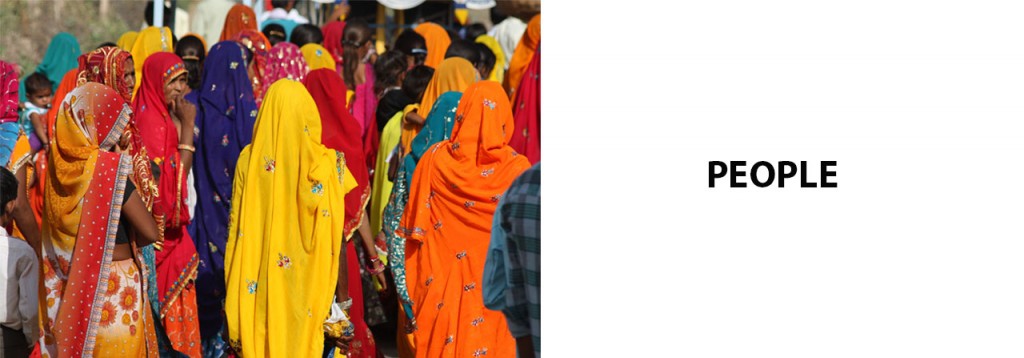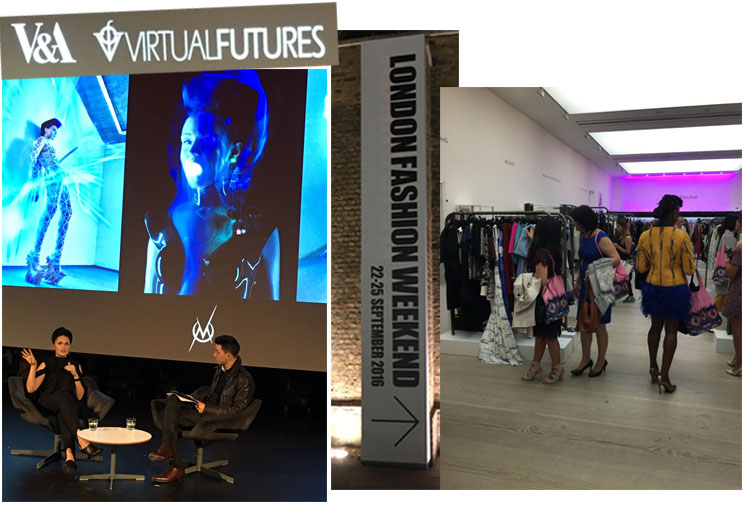
The two events I attended on Saturday raised all sorts of contradictions for me, serendipitous because it has started to answer one of the biggest questions I asked myself when I started this blog. The question of where my place in fashion is?
On reflection, the ticket prices were a bit of a give away, but the penny didn’t drop until my pennies, or more like pounds had dropped! London Fashion Weekend; tickets to a catwalk show, talk and entrance £46 and yet this really turned out to be a glorified invitation to shop. By contrast, a Virtual Futures event at the V&A was £Free, wisdom was shared and all I was invited to do was to take. I took inspiration, strength and wisdom to help make my big decision.
I love clothes, I always have but I don’t like shopping! I love magazines but the consumer driven, throw away culture makes me feel uncomfortable! I loved clothes as a teenager but I was never drawn into the fashion industry as a profession? I spent my 20s on and off diets trying to look like someone else. These are my little questions, things I can’t reconcile.
So I’ll try to answer some of them ….. I love clothes because they allow me to express something about myself, they are a communication about what makes me tick and they allow me to live my life. I read magazines because they display creativity, fashion for me is everyday art. I have great respect for the craft of making clothes and I like how fabric shapes, falls and flows. At the LFWEND talk, journalist Melanie Rickey said “Fashion is about selling clothes”. Certainly, in the recent TV programme Absolutely Fashion: Inside British Vogue, the magazine appeared ruthless in its pursuit of the big sell. Somehow this all makes me feel sad. And when a friend suggested I sell some of my upcycling, I found myself feeling defensive and possessive about my random collection of things.
On Saturday, The Saatchi Gallery was converted into a department store, rails of clothes and very big bags to put all your purchases in! We were squeezed into the catwalk show, it was exciting and tantalising …. until it actually started.


The presenter opened with a triumphant statement about the fashion industry being worth billions and how much she liked to throw out one seasons clothes to make room for a new wardrobe. Velvet, lace and florals were paraded as if they were a new thing; on very slim models looking miserable whilst she made jokes about why there were boys in the front row and that somehow fashion was the triumph of the girls (the guys hat says “Living the Dream!). I went on to the talk between fashion gals, Brix Smith-Start and Melanie Rickey where they giggled and chatted about whether they preferred Gucci or Chanel, a pedi or a manicure which was fun but felt a bit silly.

Melanie Rickey then made a quip about having been horrified to have reached a size 14 after she’d had her son. She did go on to share her fashion rule not to be guided by dress sizes, that retailers are unregulated and can put any size on the label, the decision was made on the grounds of marketing rather than measurements. True and an important point, but only an issue because the fashion industry promotes small sizes as the ideal. If fashion celebrated all shapes and sizes then retailers would be honest about sizes and we wouldn’t be bothered.
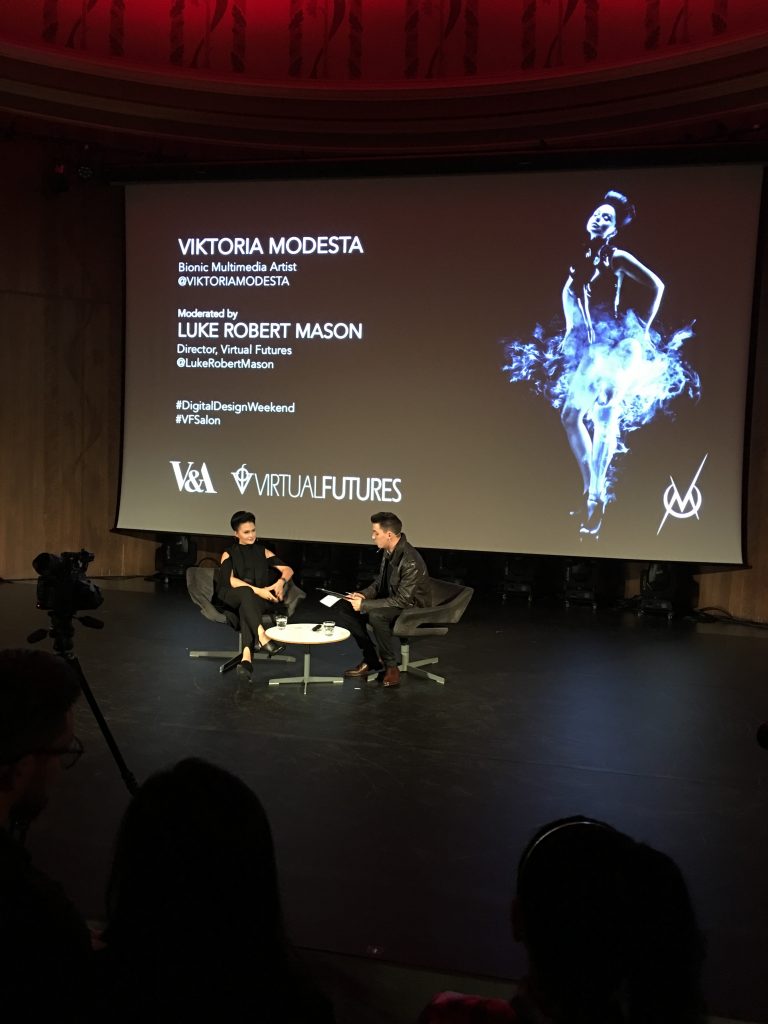
The event at the V&A felt very different. In the most splendid and beautiful setting, model and performance artist, Viktoria Modesta shared her story of triumph against adversity and the mood was one of celebration of differences. She said the problem is that there are some people who think we are all the same with a few exceptions when what we should be thinking is that we are all different. The fashion industry is so guilty of doing exactly that, assuming that women fall into a small number of size categories. When I asked her if she thought she had a role in encouraging young girls to be confident with their body image, she said that aside from any physical differences, fashion stores are full of clothes that don’t fit people for all sorts of reasons; long legs or big boobs both of which are, by many, considered assets. At the talk, Brix Smith-Start’s was bang on with her fashion rule … cut, colour, comfort. Yes! Knowing what cut suits you, choosing colours that bring you joy and wearing clothes that make you comfortable. That’s MY fashion. I’m hopeful that people like Viktoria Modesta will continue to break down barriers of fashion conformity and celebrate individuality.
So we come back to the question of expressing yourself …. if clothes speak for you, what do yours say?

I want my clothes to say that I am me, an individual who is happy with the way I look. I want my clothes to have respect for people, the environment, the craft of garment making and the quality of fabrics. Viktoria Modesta also said “Everyone makes a choice about what they wear, even if they don’t choose to wear something different.” You are not invisible because you dress like everyone else, your clothes still express the choice you have made.

I looked up the dictionary definition of fashion and, for me, I find contradiction again.
Fashion; “a prevailing or popular style of dress”
Fashion; “to give a particular shape or form; to make”
So, when I think about the first definition, it’s about following a style and dressing like others. However, if I think about giving something a shape, that surely would be different for every person. If we were each given a lump of clay or a blank piece of paper and asked to make or draw something, every shape or drawing would be different? So why can’t magazines invite us to be ourselves rather than showing us how to look like the latest popular celebrity. I do like fashion trends because they remind me to change something or look at something in a different way and that keeps my wardrobe feeling fresh. But what excites me about clothes is finding a different way of interpreting a trend and looking different from everyone else.
And so, back to my big question ….? Leaving the V&A, I felt inspired, energised and positive. But LFWEND left me drained and empty. It seemed to me that Virtual Futures is all about “original thinking” and “looking at the future” through different eyes, LFWEND felt old and tired. And the body image thing, why do we do it to ourselves? I shared a video on Facebook (check out my page) called “Stay Beautiful: Ugly Truth In Beauty Magazines”. It says nothing we don’t already know but it illustrates very well the shocking truths about fashion magazines being largely advertisements using model images that represent only a small proportion of women, in some cases computer generated! There were some harsh comments on the original post about this being old news …. but if it’s old news then why do we still buy the magazines and long for a figure that is unachievable. It is ironic that since I accepted my shape the way it is, my weight has fluctuated far less than it did when I wanted to look different. Somehow, in that acceptance, I now exercise for other reasons of health and wellbeing and the by-product is that, apart from my shape changing after having children, I look better than I did then. I’m not saying we should give up trying to look our best. Viktoria Modesta is beautiful, she’s a model and in many ways conforms to our perception of beauty BUT she stares us in the face and says look at how I am different. The fashion industry promotes a repeated image and calls for us to confirm to a particular size and shape.







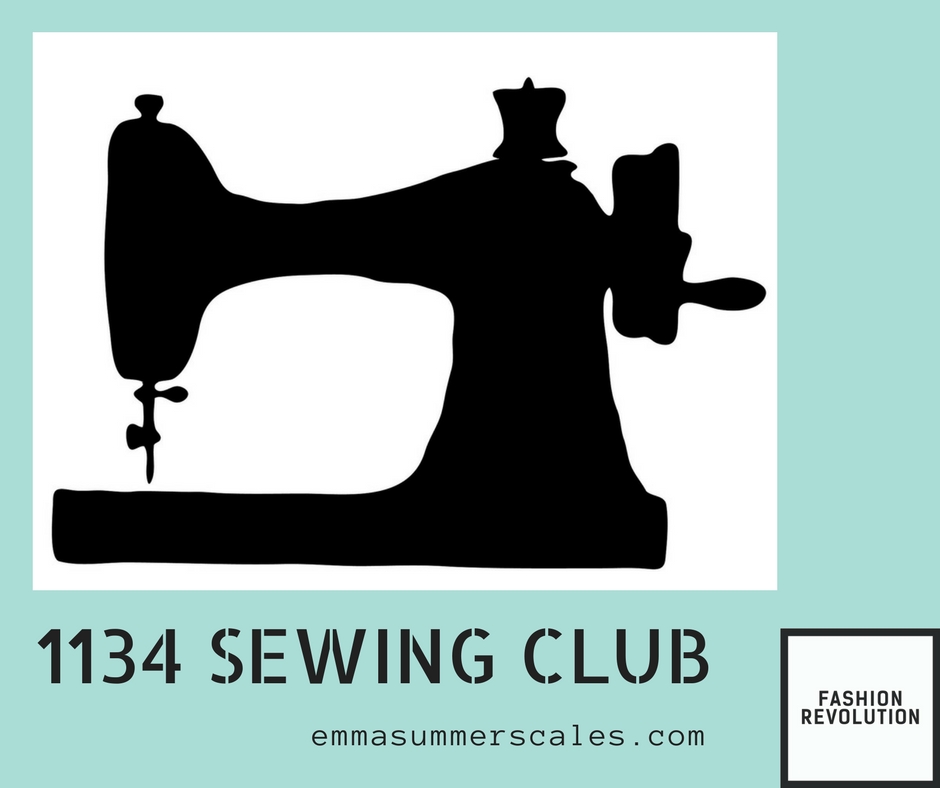








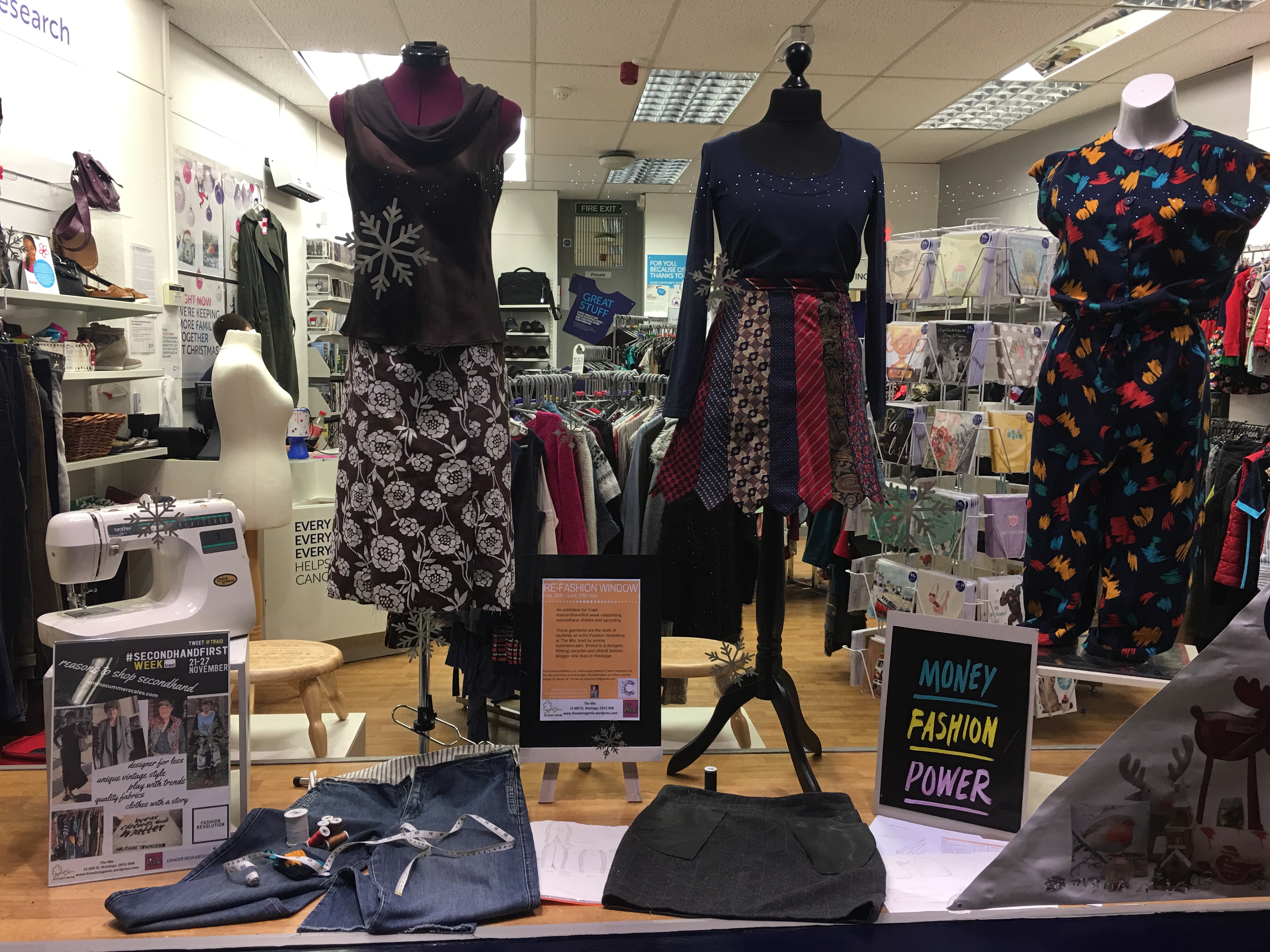




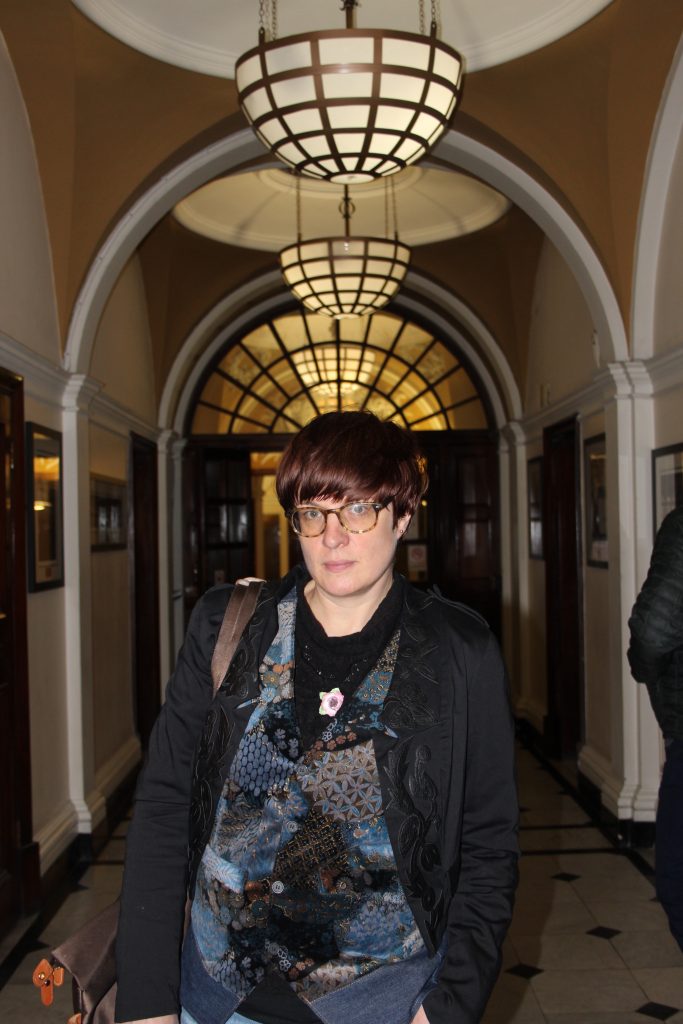
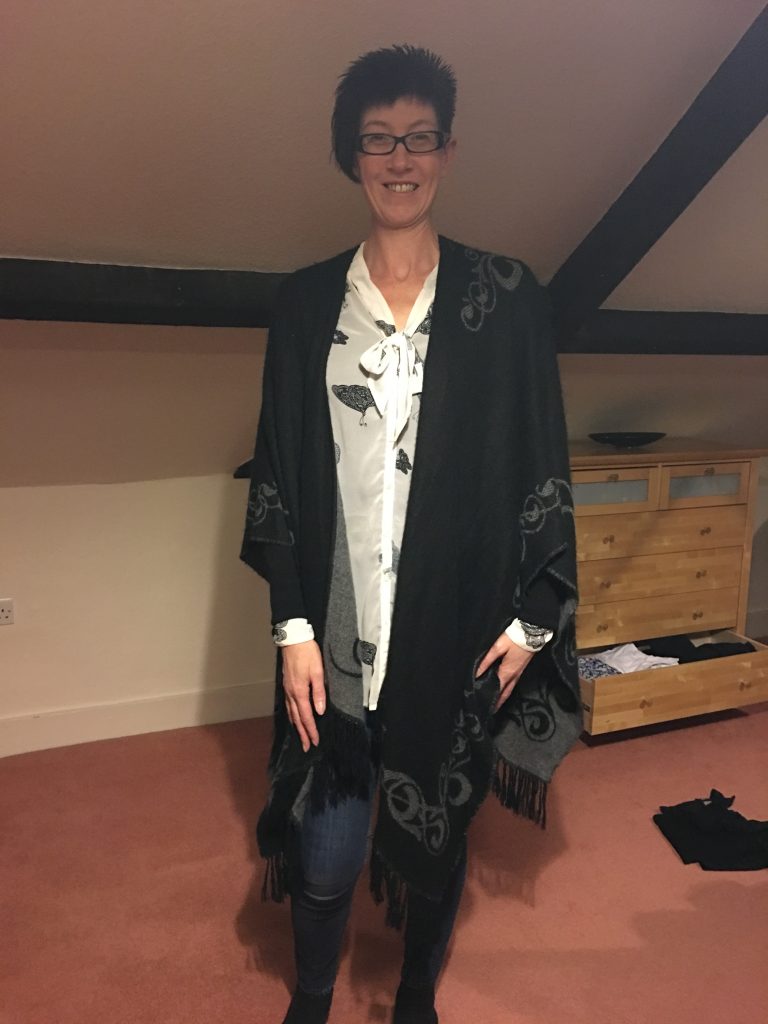









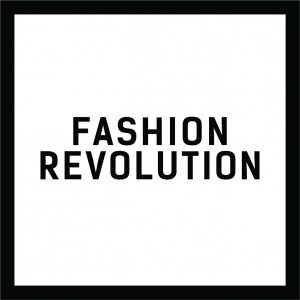
 This year they have gone a step further and declared Fashion Revolution Week 18-24th April, with their #haulternative campaign when each day will have a different focus. So I’m going to join them. As well as asking my own favourite brands the million dollar question I will post every day, talking about a different aspect of my approach to ethical fashion. There is huge debate about whether change will be brand led or consumer led but the reality as always is that unless we all join together, people will continue to be forced into unfair employment and poor working conditions. The environment will suffer as chemical waste is added and vital resources are taken away.
This year they have gone a step further and declared Fashion Revolution Week 18-24th April, with their #haulternative campaign when each day will have a different focus. So I’m going to join them. As well as asking my own favourite brands the million dollar question I will post every day, talking about a different aspect of my approach to ethical fashion. There is huge debate about whether change will be brand led or consumer led but the reality as always is that unless we all join together, people will continue to be forced into unfair employment and poor working conditions. The environment will suffer as chemical waste is added and vital resources are taken away.


